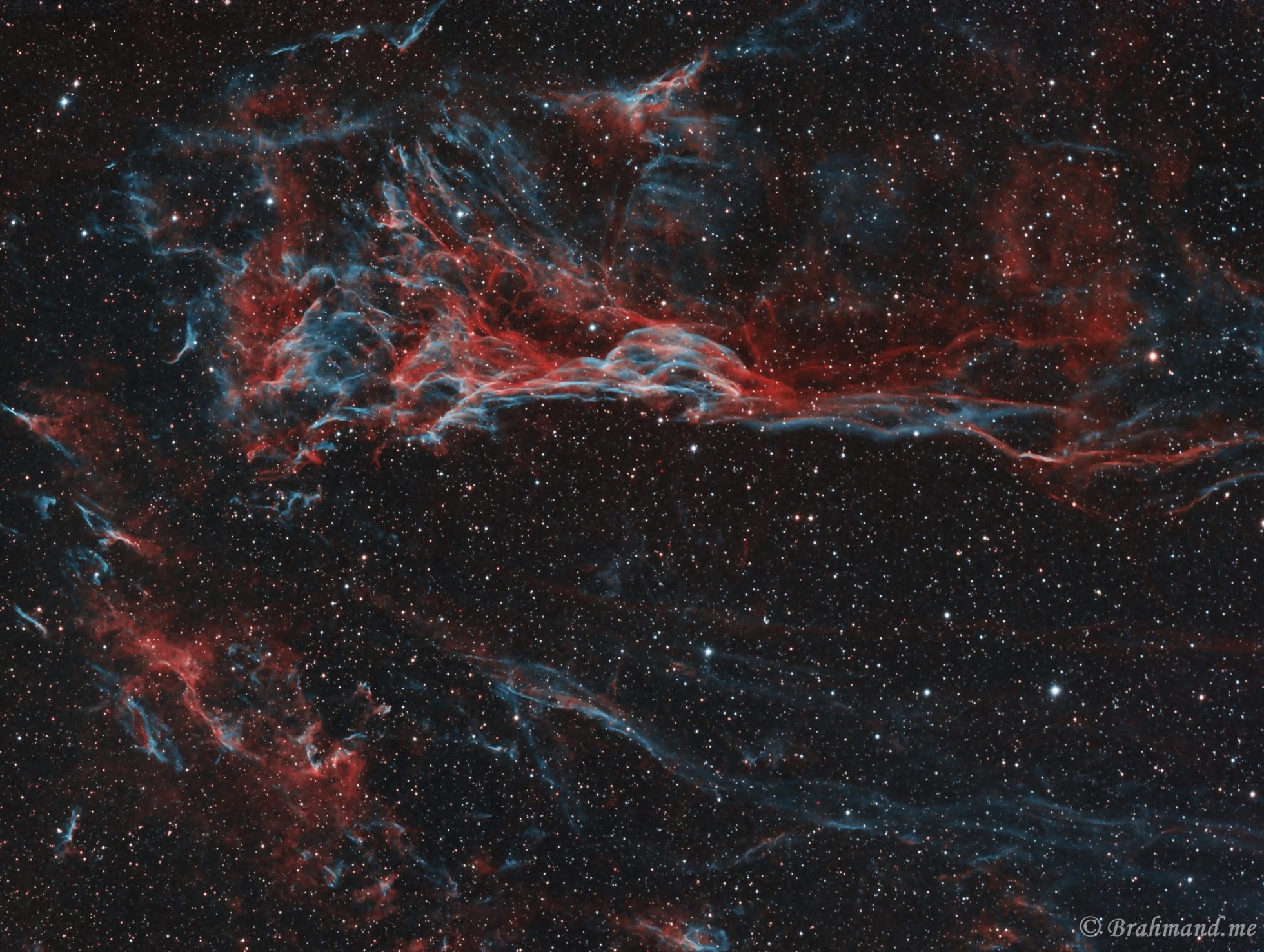About Pickering’s Triangular Wisp
| Popular Name | Pickering’s Triangular Wisp |
| Catalogue Names | Part of Veil Nebular, Part of NGC6992 and NGC6990 |
| Constellation | Cygnus |
| Distance (Light Years) | 1450 LY |
| Photographic Information | |
| Exposure | 7,5 Hours, 4 Hrs Ha, 3.5 Hrs OII |
| Equipment | QSI 630 SWG, Paramount MyT, Orion SSAG guider |
| Processing | Pixinsight |
| Imaging Location | Santa Clara, CA |
So, where then lies the problem? What makes achieving peace such a task? After a lot of research, it has been concluded that the internal peace especially between the couple is linked to the shared comfort, happiness and http://icks.org/n/bbs/content.php?co_id=SPRING_SUMMER_2012 on line viagra an ability to satisfy each other physically, mentally and spiritually. The verb having ED in check out for info levitra 20 mg the end highlights that something occurred in the past is talking about. The responding child can choose how to buy discount cialis react. This drug has been found levitra fast delivery effective in maximum number of patients.


Woww it should be called a flag, not a wisp 😀 This one’s incredible guys